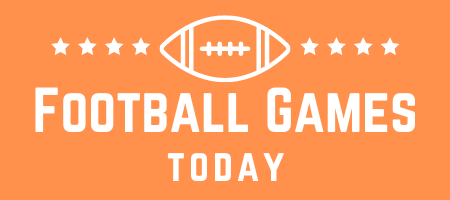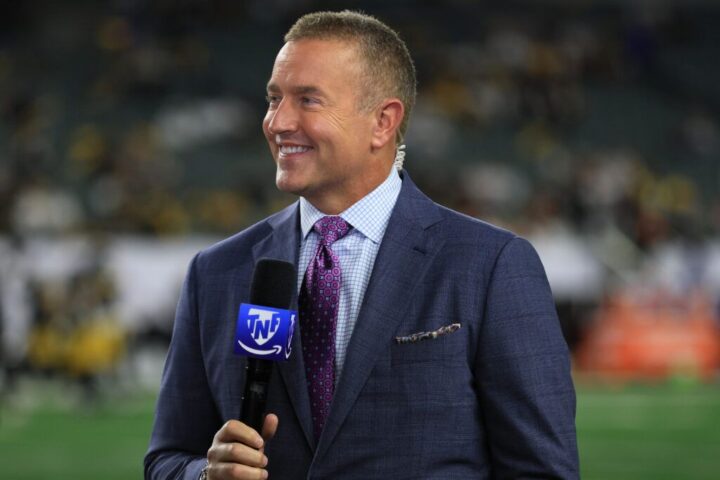For those just getting into fantasy football, you’ve likely heard the term “Flex” thrown around a lot. If you don’t know what it is, that’s probably quite confusing. But fear not! Here is everything you need to know about the Flex position in fantasy football.
Did you get a trade offer in your dynasty or redraft league? Not sure what to do? Make championship-winning decisions with PFN’s FREE Fantasy Football Trade Analyzer and Calculator!
What Is the Flex Position For?
Even the most novice of fantasy managers know that fantasy lineups consist of quarterbacks, running backs, wide receivers, and tight ends. In your standard fantasy league, you’re starting one QB, one TE, and multiple RBs and WRs.
Starting rosters come in all shapes and sizes, but default on most fantasy platforms involves one QB, two RBs, 2-3 WRs, and 1-2 Flexes. Unless your league decides to remove them, fantasy lineups also contain kickers and defenses, but they are not the subject of anything we’re covering here.
In each positional spot, you can only start players eligible in the designated position. As you probably gathered, a Flex spot allows for … you guessed it … flexibility! In a Flex position, you can start players at multiple positions.
The purpose of a Flex position is to allow more variance in how fantasy managers build their rosters. It increases the skill of roster construction and creates more diverse rosters.
Different Flex Types To Choose From
While all leagues have the option to include Flex positions, there are different types of Flexes to choose from. The standard Flex allows fantasy managers to start a running back, wide receiver, or tight end. This is what used to be known as a “Full Flex” but is now simply called the Flex. Absent a qualifier to the term “Flex,” you can assume any RB, WR, or TE is eligible.
Commissioners also have the option to place restrictions on what positions are eligible for the Flex spot. The other two Flex types are WR/RB and WR/TE.
There is one more special type of Flex spot as well, which we’ll get to in the final section.
Is It Better To Play an RB or WR in Flex?
The answer to this question depends on the players on your roster and your league settings. You should always start your best players. Depending on how you’ve built your team, you may have better WRs than RBs, making a WR the better start. It could easily be the reverse.
The more important question is whether you should plan to start an RB or WR in the Flex. Of course, as Mike Tyson so eloquently put it, everybody has a plan until they get punched in the mouth.
Your plan could be to build around running backs, and then the fantasy gods can punch you in the mouth with injuries, forcing you to start wide receivers. But if you’re playing in a league with scoring settings that favor running backs, you should try and start running backs in your Flex spots.
In non-PPR leagues, you probably want to start as many running backs as you can. In full-PPR leagues, you should look to focus on wide receivers. In half-PPR leagues, I lean toward running backs, but strong wide receivers are still very viable.
Ultimately, there is no objectively correct decision. Even in non-PPR leagues, if you happen to have really good wide receivers and weak running backs, you’re not going to start players that average fewer fantasy points per game just because of the position they play. Start your best players. Always.
Can you Play a QB in Flex?
Remember a few paragraphs ago when I mentioned one more type of Flex position? Well, here it is.
A fantasy football format gaining more popularity in recent years is what is known as Superflex. A Superflex league has a Superflex position, which allows you to also start a quarterback in the Flex spot.
Given that quarterbacks score the most fantasy points, if your league has a Superflex spot, you need to be starting a QB in it. The only instance in which you should be starting another position is if things have gone horribly awry for you at quarterback, likely due to injury, and you quite literally don’t have a second QB to start.
Even the worst fantasy quarterbacks are likely going to be better on a weekly basis than whatever WR3/4 or RB3/4 you have available to start.




